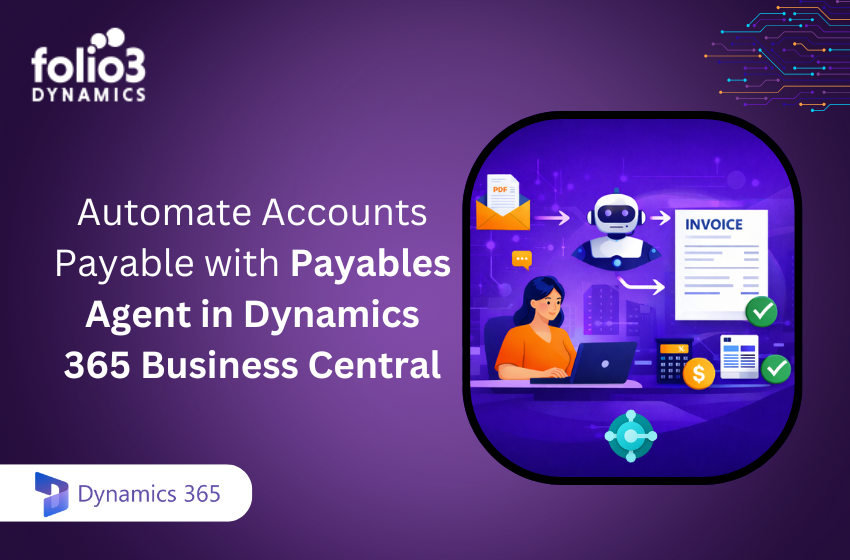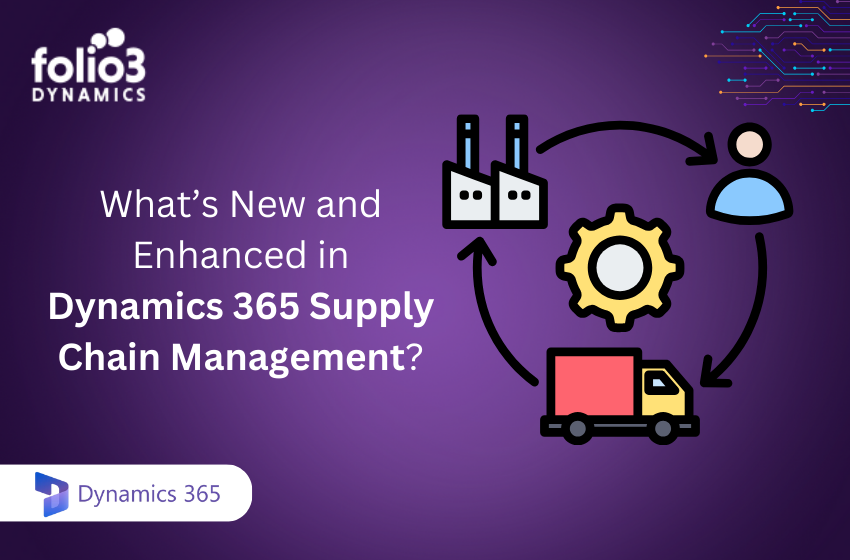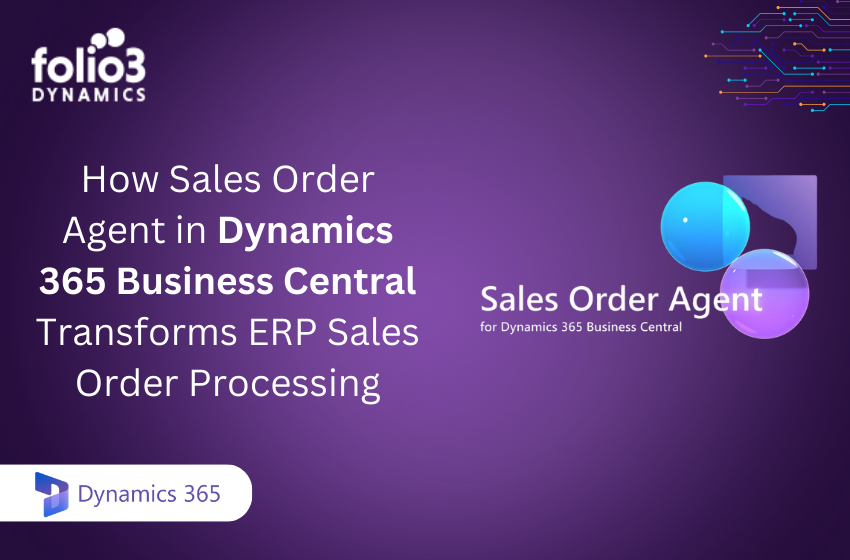[vc_row][vc_column][vc_toggle title=”Table of contents” open=”true”]
- What is a legacy system?
- Types of legacy System
- How to deal with legacy System
- Examples of legacy System
- Legacy System migration
- Benefits of legacy System
- Advantages of legacy System
- Disadvantages of legacy System
- Legacy vs. Modern system
- Top options to modernize legacy System
[/vc_toggle][vc_column_text single_style=””]
What is a legacy system?
Legacy System refers to old ERP systems which were developed in the 1980s or ’90s. They have become obsolete now as they couldn’t be modernized due to their lack of design and flexibility. It is also prone to hacking and organizations using legacy Systems are vulnerable cybersecurity targets.
Legacy Systems use old languages, do not support new technology, and are downgraded. They can only be used for what they were designed for; limited operations. Its maintenance cost is higher than the cost of the actual system which makes it difficult to keep it maintained.
Let’s look at the different types of legacy systems.
Types of legacy System
There are various types of legacy systems determined by their programming, hardware, etc.
Below the different types of legacy systems are explained:
-
END OF LIFE:
END OF LIFE (EOL) is the type of legacy system which the vendor itself has stopped producing. There are no updates or maintenance offered for the system.
-
NO LONGER UPDATEABLE:
This type is different from the EOL legacy system as in the case of EOL, a new product by the same vendor can be used. Whereas, the legacy systems which cannot be updated means that you have to buy another product from a different vendor.
-
KNOWLEDGE:
The type in which legacy system design becomes a mystery for even those who produce it.
-
NON-SCALABLE:
This type of legacy system becomes so outdated that it cannot scale the business volume.
-
EXTENSIBILITY:
It means that changes in the legacy system would be costly and the system life cannot be extended any further.
-
PATCHED HEAVILY:
These types of legacy systems have been patched so heavily that they have become vulnerable to cybersecurity. This creates more problems and renders the system useless when the vendor has put an EOL on it and produces no more repair patches or monitors the old systems.
-
LIMITATIONS:
The legacy systems can operate at a limited scale and cannot predict future reports and sales data.
-
COSTLY:
It means that the maintenance cost goes so high that it becomes almost impossible to operate it without risking your business.
-
LACK OF REPAIR:
It takes considerable time to repair the system that it starts to hurt the business effectively.
These factors render the legacy systems inoperable or they become a liability to the business.
How to deal with legacy System
The technological debt legacy systems produce can be paid only through employing a few strategies, such as either building a new system, modernizing/refactoring the system, or rewriting the code. These are the only ways to get out of the vicious cycle legacy system users get into.
An IT audit can help you determine which strategy to use with your legacy system.
Let’s look at the strategies:
-
Replacing the old system:
This strategy is most expensive as you need to buy a new legacy system. Repairing or rewriting the code is a daunting task and could take hundreds of hours and it may also not produce the desired result. If an IT audit suggests replacement of the system then you should always go with it.
-
Refactoring the code:
Refactoring is when a code is broken into pieces and changing it in fragments. These small and continuous actions don’t have any effect on its external function but when the whole code is put together, the errors are removed and the system is refactored.
-
Rewriting the code:
This is the last step. The rewriting is not applied to the entire code because this is not an easy task. It can be performed on smaller legacy systems but rewriting the code for monolithic systems is very difficult and it is always done in fragments.
Examples of legacy System
Surprisingly, legacy Systems are still used in many organizations despite them being obsolete or selective functions. Many banks, government offices, background check companies, and others utilize legacy Systems.
Covid-19 exposed the dysfunctionality of these organizations even more as the legacy systems couldn’t keep up with the new developments in data organization, work from home conditions, and other challenges faced by demographics in the wake of a pandemic.
COBOL seems to be more popular in American organizations. The IRS department couldn’t document 13% of taxpayers; that makes up 10 million Americans using electronic means to pay their taxes.
Lawmakers report huge losses due to utilizing old systems in an organization. But nobody seems to change these legacy Systems due to their familiarity with the system largely.
Banks also use legacy Systems largely. The ancient IT system was developed before the age of mobile and cannot keep up with the new technology due to its lack of flexibility.
It proves to be a hindrance to driving more revenue for the banks. Due to the shortage of people operating legacy Systems, RBS may have to make a switch to advanced technology very soon as it is crumbling under pressure.
Legacy System migration
The system migration is no child’s play. It requires utmost care and data should be handled delicately as the data in the system is largely unformatted and cannot be read by modern technology if destroyed.
There are several steps to be followed while migrating the data from legacy system to modern systems:
-
Extracting:
The legacy system has inefficient ways to save data. Due to its lack of flexibility, the data in the system can be splintered, incomplete, or siloed. It should be extracted carefully to keep it safe from further damage.
-
Transforming:
Then comes the data transforming step to match it with current practices. Data mapping is used to transform data into modern systems.
-
Cleansing:
Data cleansing is a vital step to assure the quality of the data. Cleansing also helps to get rid of incomplete, poorly formatted, or duplicate data.
-
Validating:
A sample of test data is run in the modern system after extracting, transforming, and cleaning to make sure that it runs smoothly in the new system and also to solve any issues before actual data is run on the modern system.
-
Loading:
In the final step, the whole data is uploaded in the modern system so that it can start using the data.
Benefits of legacy System
There are many benefits of using a legacy system if you insist on keep using it.
The old clientele is more resistant to the idea of change and is less demanding for tech fronts. So, do not underestimate the resistance the change of the system will receive from clients.
Small organizations and companies can benefit from legacy systems as they are efficient and convenient to use. Plus, the company doesn’t have many resources nor the need to invest in a high-tech modern system when a legacy system serves the purpose just fine.
Advantages of legacy System
You may wonder if there are any advantages of the legacy system if they are so downgraded and obsolete, but surprisingly there are some advantages of the legacy system:
-
Convenient:
Although they may sound like they are from prehistoric times, legacy systems may prove to be convenient and familiar for their users despite being so difficult to use.
-
Efficient:
Legacy systems have proved to be very efficient and despite having limited operations, the system carries out tasks quite efficiently. The workflow remains smooth as everybody is familiar with how to access the records.
-
Durable:
Legacy systems have very long durability. They can function for as long as thirty years without substantial changes or support which makes them indispensable especially for the older organizations.
These advantages are entirely consequential and cannot be relied upon. The cons of operating legacy systems are so disturbing and can seriously damage the business on the whole.
Disadvantages of legacy System
There are several impending disadvantages related to legacy systems such as security issues as these systems are easy to break into, data loss or silos, lack of business intelligence features, decrease in revenue, isolation of teams using it, and a lot more.
Let’s look at these disadvantages in detail:
-
Cybersecurity:
American National Background Investigation Bureau legacy System was compromised in 2015 due to the lack of cybersecurity it provides. Hackers easily accessed sensitive information. According to the media, the bureau was operating for about two astounding years without a cybersecurity IT team.
-
Business Intelligence:
Due to its lack of bi features the teams are left to their own devices and rely on manual data instead of utilizing business intelligence analytics and reporting tools. The teams using legacy Systems work in isolation as they don’t have access to modern technology and equipment and must rely on obsolete systems to deliver results.
-
Data Silos:
This is among one of the biggest disadvantages of the legacy System and its byproduct. Data siloing is bound to happen in legacy Systems as they are not manufactured to be integrated and data remains stuck in one system. The mainframes these legacy Systems use are also so outdated and data cannot be migrated as it is too complex to deal with it.
-
Maintenance problem:
Maintenance and support services of a legacy system are not only difficult, costly but also futile. As it is not compatible with modern systems, it cannot produce desired results. The maintenance cost exceeds 50% of the organization’s budget and overall using legacy Systems proves to be a failure.
Legacy vs. Modern system
There is a stark difference between legacy systems and modern systems. Telecomm, retail, and food industry has evolved and delivers the best results in customer support and engagement. Whereas, government agencies are still stuck at the antiquated systems with poor performance and no customer service.
Below are the main reasons why you must shift to modern ERP systems to engage more in customer service and worry less about IT operations.
-
Quick response time:
Modern systems have a relatively quick response time to business and customer base as contrary to legacy systems which don’t allow multiple operations in a single instant.
-
Unrelenting services:
legacy systems fail to tend to the customer in an emergency or otherwise as they perform slowly as compared to cloud computing and mobility features of modern systems which provide services from anywhere and anytime.
-
Cost differences:
Modern systems are easy to maintain and have strong support systems as compared to legacy systems which are extremely costly to maintain.
-
Time-saving and revenue-generating features:
Powered with CRM and inventory management features and business intelligence analytics, modern systems provide a wider scope for organizations to be more for their customers and clients rely on their support hugely with their modern technological equipment.
Top options to modernize legacy System
There comes a point in a legacy system life where no other option remains except modernizing it. A legacy system becomes a serious hindrance in the advancement of an organization or a company when it starts producing several errors or cannot process information for which it was built.
Modernizing requires IT auditing to determine a specific method to mend the legacy system accordingly. There are several modernizing options to choose from:
-
-
Replatform:
-
It refers to the domain where a fragment of a code is enhanced to change its platform and without changing its external functions.
-
-
Rearchitect:
-
It means to architect its code to a new application and materially altering it to exploit new parameters.
-
-
Rehost:
-
Rehost without modifying the features of the system, its applications are rehosted whether on cloud, virtual or physical architecture.
-
-
Refactor:
-
Refactoring is changing the code in fragments to avoid changing its external functions.
-
-
Encapsulate:
-
It means breaking its data in microservices so that each department uses its relative data and does not have to download whole data unnecessarily.
-
-
Rebuild:
-
As the title suggests it means rebuilding the system from scratch while its specifications and scope are preserved. It should be the last choice.
-
-
Replace:
-
Researching for the best fit for the current requirements of the organization and ultimately replacing the old legacy system with the new one altogether. Though replacement can be quite painful but maybe the right decision.


